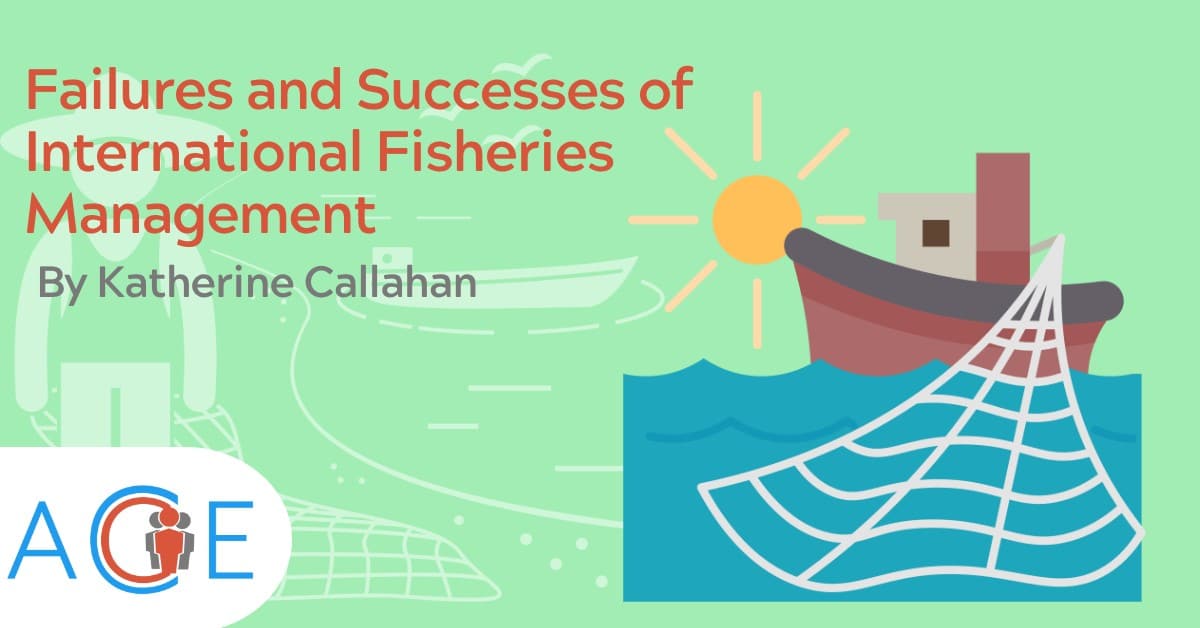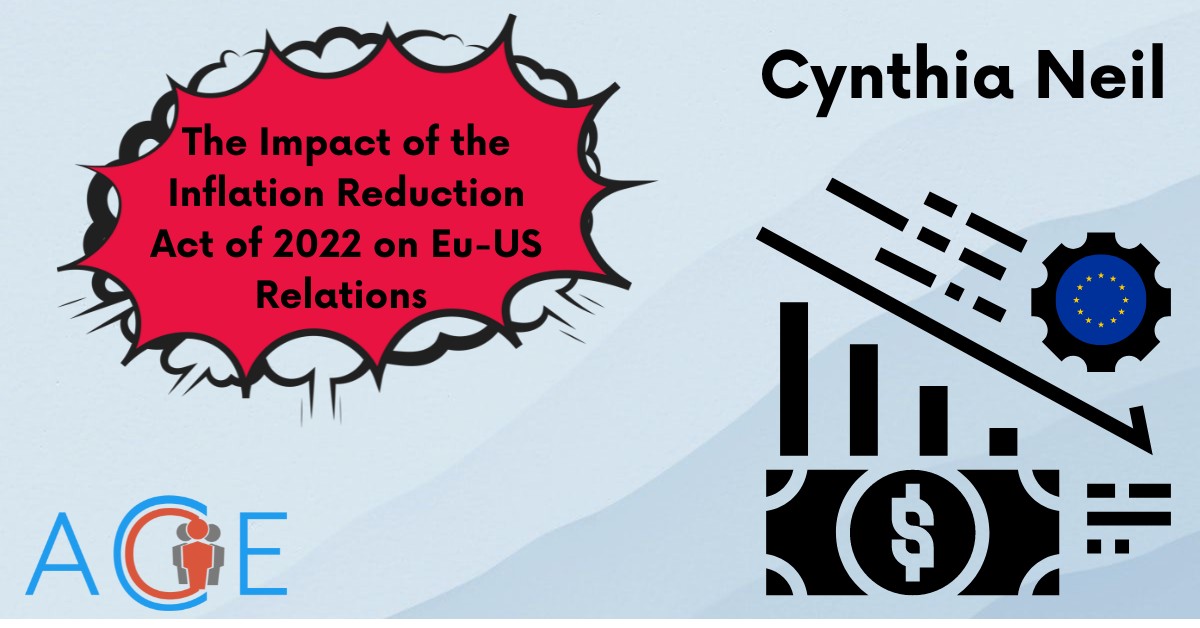International fisheries management is the combined efforts of nations across the globe to ensure long-term operational success of fisheries and marine resources. It depends on setting realistic policies and establishing regulations that take both marine conservation and the economies of fishing communities into account. International fisheries management is crucial to ensuring that the global ocean system remains healthy enough to sustain global fishery needs, from feeding citizens to maintaining conservation of natural resources.
At the root of international fisheries management is the challenge of reducing illegal, unreported, and unregulated (IUU) fishing.
- Illegal fishing directly breaches international or regional fishing law.
- Unreported fishing is a lack of reporting or intentional misreporting of fishing activities to Regional Fisheries Management Organizations (RFMOs).
- Unregulated fishing is fishing that occurs in areas outside of the vessel’s nationality, or in areas where conservation and management measures are not in place.
IUU fishing threatens economic and environmental damage to the global ocean system and global fishing economy. Countries currently employ similar strategies to combat IUU fishing, and join forces to do so by forming Regional Fisheries Management Organizations (RFMOs). The European Commission writes that RFMOs are “open both to countries in the region (‘coastal states’) and countries that have interests in those fisheries (‘distant water fishing nations’).” Regional Fisheries Management Organizations (RFMOs) allow for countries to work together toward common goals in their fisheries.
The European Union (EU), United States (US), and Canada are three big players in current management strategies, with similar strategies, policies, and regulations to combat IUU fishing. The EU verifies marine fishery products with catch certificates and the correct flag state—only these verified products are allowed to enter the EU. The European Commission acts as the governing enforcement body on behalf of the EU Member States of illegal fishing activities, carding countries and states that fail to regulate IUU fishing. The Interagency Working Group belongs to the US, and combines 21 government agencies for a cohesive and comprehensive approach to combating IUU fishing. The group is developing a five-year strategy to decrease IUU fishing through a combination of increased surveillance, encouragement of sustainable fishing practices, and assurance that only legal and reported seafood enters trade systems. Lastly, in Canada, Fisheries and Oceans Canada (DFO) is working to combat overfishing, with the long-term goal of creating and maintaining sustainable fisheries. They have stopped overfishing in the North Atlantic Ocean, and are working toward doing so in the North Pacific Ocean. The DFO is focused on increasing surveillance and monitoring at sea, specifically on traceability and certification. The fisheries enforcement agencies of the EU, US, and Canada have made surveillance, certification, and conservation the focal point of their approach to international fisheries management. However, through time, many have critiqued their management strategies.
Critiques of Fisheries Management Strategies
The paradox of fisheries management is balancing conservation/environmental needs with social/economic needs. Much of environmental and public policy is dynamic, including international fisheries management—however, many critiques have remained consistent since fishery management entered mainstream public policy in the 1970s. These issues are “the innovativeness of fishermen in seeking ways to improve their harvests” and “changing social priorities that are largely unpredictable and outside the control of fisheries managers.” This suggests that the challenges faced nearly 50 years ago are still present today, and that there is a stasis in management strategies.
Countries that fail to combat illegal fishing sufficiently in the eyes of the EU can receive a red or yellow card from the Commission. Failures include legal gaps, a lack of control over vessels, poor conservation measures and management structures, failure in cooperation with regional and multilateral bodies, and failures in traceability and fish processing. Individual countries have the responsibility to ensure that laws against illegal fishing are clear, and consistently enforce them through fleet surveillance. Furthermore, they must base conservation methods on scientific fact.
Conservationists argue that there are causes beyond overfishing and the environment impacting crises in the world’s fisheries. They argue that a conservationist approach that is “less sensitive to the inadequate results of fisheries science” must be employed to ensure future success of fisheries.
Successes of Fisheries Management Strategies
Clear and direct rules that outline best practices for transshipment (the transfer of catch between vessels at sea) will ensure that IUU fishing cannot occur, and the seafood supply chain can be monitored every step of the way, providing accurate data to countries about transshipment processes at sea. Global Fishing Watch’s Carrier Vessel Portal is a further success that speaks to the worldwide effort to increase transparency and surveillance at sea. This online tool uses “satellite data, machine learning technology and information provided by RFMOs to identify and display potential transshipment activity in near real time.” The challenge in regulating and encouraging best practices for transshipment is oftentimes the distance between land and the transshipment process, which is occurring out at sea. This tool provides surveillance and transparency in the transshipment process, removing some of that mystery.
Increased conservation measures are a success in international fisheries management. The International Commission for the Conservation of Atlantic Tunas (ICCAT) has set a quota for blue sharks, which are often caught in tuna fisheries, and the Western and Central Pacific Fisheries Commission (WCPFC) and the Indian Ocean Tuna Commission (IOTC) have completely prohibited capture and retention of manta and mobula rays in the Indo-Pacific ocean region.
Successful international fisheries management depends on the collective effort and collaboration between nations in order to achieve a future ocean that is sustainable and healthy. Recent advances in technology have allowed for increased surveillance, thus decreasing IUU fishing. While many of the challenges that face international fisheries management strategies have not changed in decades, RFMOs and UNCLOS are making positive strides in creating legislation that acknowledges global dependence on fisheries, while also keeping conservation and longevity in mind.









